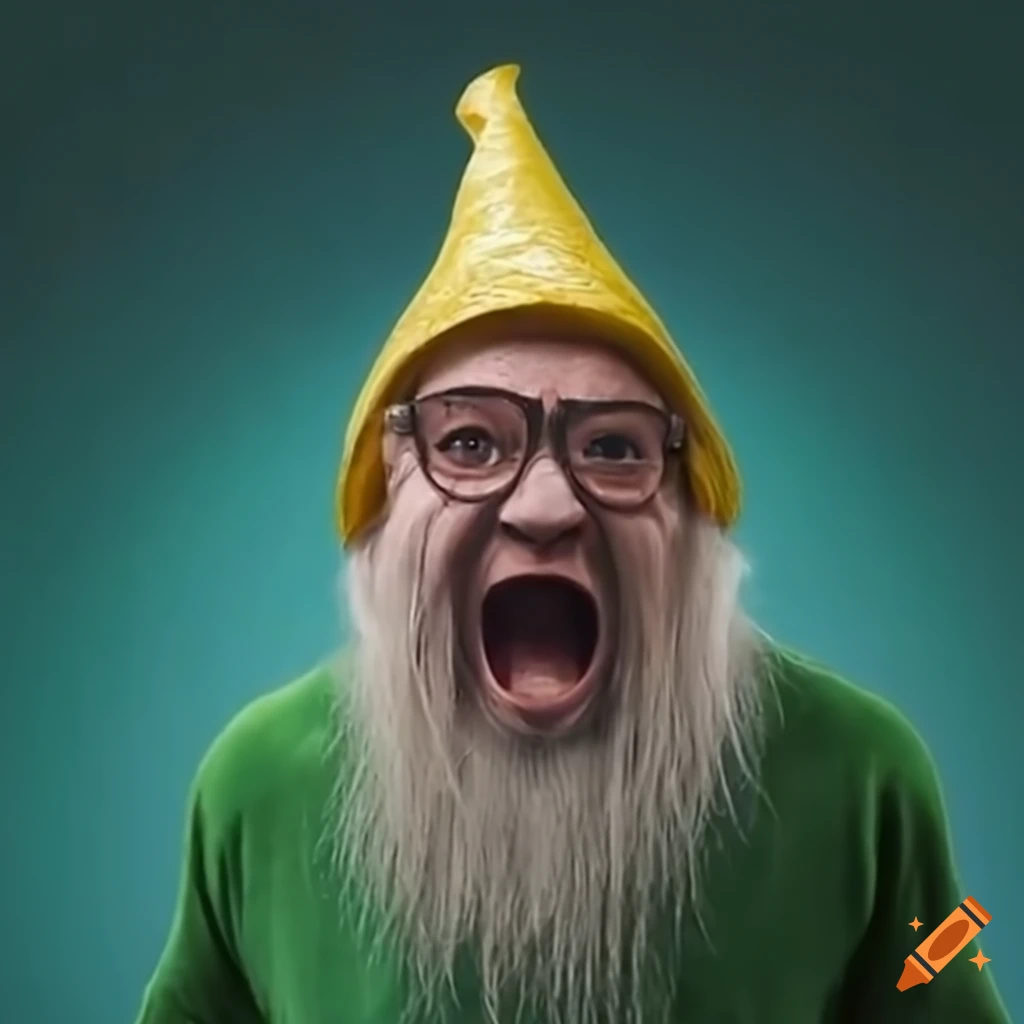Dwarf

Dwarfs, or dwarves as they are sometimes called, are a fascinating subject in the world of fantasy and folklore. With a rich history spanning across various cultures and mythologies, these diminutive beings have captured the imagination of people for centuries. In this comprehensive article, we delve into the world of dwarfs, exploring their origins, characteristics, cultural significance, and their enduring presence in modern popular culture.
The Ancient Origins and Myths of Dwarfs

The concept of dwarfs can be traced back to ancient civilizations, where they were often associated with divine creation and the realm of the supernatural. In Norse mythology, dwarfs, known as dvergr, were skilled craftsmen who inhabited the underworld and were believed to possess immense knowledge of magic and metallurgy.
Similarly, in Germanic folklore, dwarfs were depicted as wise and reclusive creatures, guarding precious treasures and possessing incredible smithing abilities. They were often portrayed as guardians of the earth's secrets, with a deep connection to the natural world and its elemental forces.
Dwarfs in Ancient Art and Literature
Dwarfs have left their mark on ancient art and literature, with their depictions varying across different cultures. In Norse sagas and poems, such as the Poetic Edda, dwarfs are described as powerful beings with magical abilities. They are credited with creating the precious jewelry and artifacts that adorned the gods, including the iconic golden bracelet, Draupnir, and the legendary hammer, Mjölnir, belonging to Thor.
In Germanic folklore, dwarfs were often depicted as mischievous but clever creatures, living in hidden realms beneath the earth. Stories and legends spoke of their interactions with humans, bestowing blessings or curses depending on the circumstances.
| Mythology | Notable Dwarf Characters |
|---|---|
| Norse Mythology | Dvalinn, Brokk, Eitri, Sindri |
| Germanic Folklore | Alberich, Andvari, Mime |

Dwarfs in Modern Culture and Literature

The influence of dwarfs in modern culture is undeniable, with their presence extending across various forms of media, from literature and film to gaming and pop culture. J.R.R. Tolkien’s The Hobbit and The Lord of the Rings trilogy popularized the image of dwarfs as sturdy, bearded warriors with a love for gold and a deep connection to the earth.
Tolkien's depiction of dwarfs, known as the Dwarves of Middle-earth, introduced a complex and diverse culture, with their own language, history, and unique characteristics. His works have inspired countless other fantasy authors and filmmakers, shaping the modern perception of dwarfs in popular culture.
Dwarfs in Fantasy Literature and Gaming
Fantasy literature and gaming have embraced the dwarf archetype, offering diverse interpretations and unique twists. From the cunning and enigmatic dwarfs in Dragonlance to the honorable and proud dwarves in The Wheel of Time, these fictional worlds showcase the versatility of the dwarf character.
In gaming, dwarfs have become iconic figures, with their strategic prowess and mastery of warfare making them formidable allies and adversaries. Games like Dungeons & Dragons and World of Warcraft have further solidified the dwarf's place in modern pop culture, with their distinct aesthetics and cultural traits captivating players worldwide.
Physical and Cultural Characteristics of Dwarfs
Dwarfs are often depicted as short in stature, with sturdy builds and a preference for practical, often ornate clothing. Their beards, a defining feature, are a symbol of pride and status, with intricate styles and grooming rituals associated with different cultures.
Culturally, dwarfs are portrayed as highly skilled craftsmen, excelling in metallurgy, gem-cutting, and stonework. Their expertise in creating intricate artifacts and weaponry is renowned, and they are often revered for their ability to forge powerful magical items.
Dwarfs as Guardians and Warriors
In many fantasy worlds, dwarfs are renowned for their combat skills and strategic prowess. They are often depicted as fierce warriors, utilizing their strength, agility, and expertise with axes, hammers, and other heavy weaponry. Their military prowess and strategic mindset make them invaluable assets in battles and conflicts.
Beyond their warrior skills, dwarfs are also known for their loyalty and honor. They value friendship, family, and their ancestral heritage, often forming tight-knit communities and clans. Their strong sense of duty and protection of their kindred make them formidable guardians, both of their own people and those they choose to ally with.
The Enduring Appeal of Dwarfs in Popular Culture
The enduring appeal of dwarfs in popular culture can be attributed to their multifaceted nature and the rich traditions they embody. They represent a blend of strength, wisdom, and cunning, often serving as a bridge between the human world and the realm of magic and the supernatural.
Dwarfs offer a unique perspective on fantasy worlds, with their deep connection to the earth and its resources. Their love for gold, gems, and precious artifacts adds a layer of materialistic intrigue to their character, while their skill and craftsmanship showcase their practical and artistic prowess.
Furthermore, dwarfs have become symbols of resilience and determination, enduring through the ages and adapting to changing cultural landscapes. Their enduring presence in modern media and literature serves as a testament to their timeless appeal and the universal fascination they evoke.
Conclusion: The Legacy of Dwarfs

From ancient myths to modern fantasy epics, dwarfs have left an indelible mark on the collective imagination. Their rich history, diverse cultural interpretations, and enduring presence in popular culture make them an iconic and beloved part of the fantasy genre.
As we continue to explore and create new worlds of fantasy, dwarfs will undoubtedly remain a staple, offering a wealth of inspiration and a unique lens through which to view the realms of magic and adventure. Their legacy will continue to inspire and captivate audiences for generations to come.
What are some famous dwarfs in popular culture?
+Some well-known dwarfs in popular culture include Gimli from The Lord of the Rings, Dwalin from The Hobbit, Oghren from Dragon Age, and Gimbley from Dungeons & Dragons.
Are dwarfs always depicted as bearded?
+While beards are a common and iconic feature of dwarfs, there are variations across different cultures and media. Some modern interpretations depict female dwarfs without beards, while others showcase unique beard styles to represent different clans or regions.
What are some unique dwarf cultures and traditions in fantasy worlds?
+Dwarf cultures in fantasy often include unique traditions such as intricate beard-braiding rituals, complex drinking ceremonies, and elaborate funeral rites. Their love for stonework and architecture is also reflected in their cities, which are often carved into mountainsides or built with immense underground networks.



